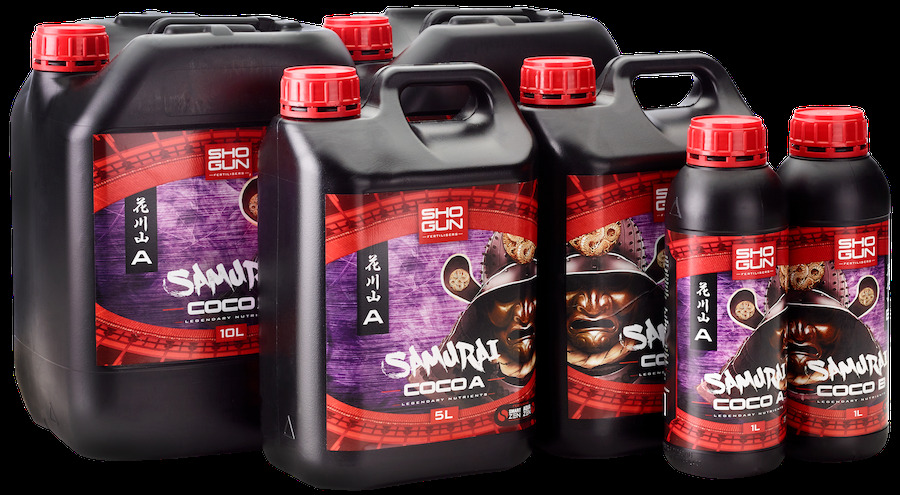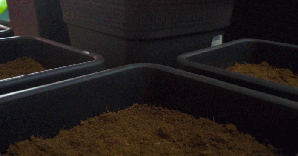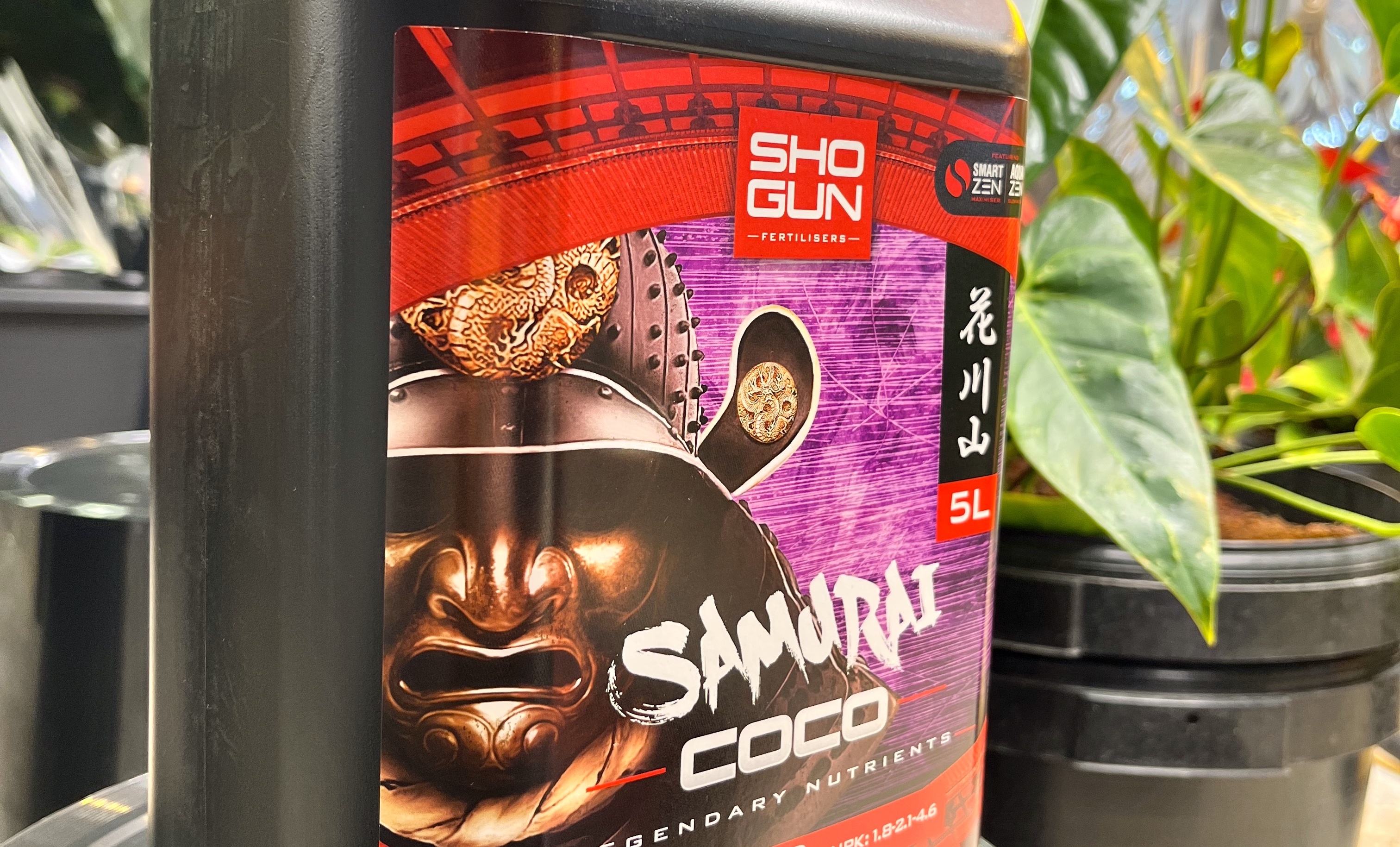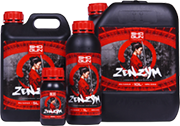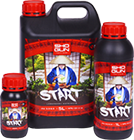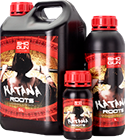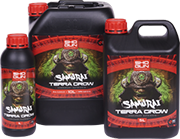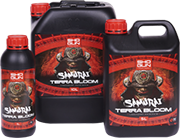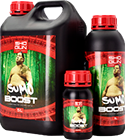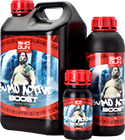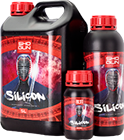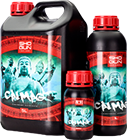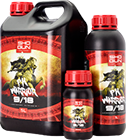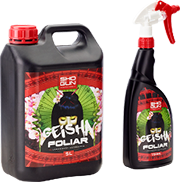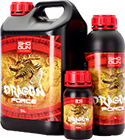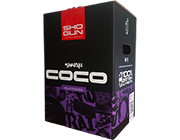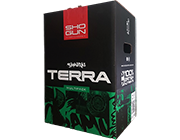6 Crucial Things You Need To Know About Coco
Coco coir needs little introduction. Lightweight, inexpensive, environmentally-friendly, chemically-inert, with great water-retention, cation-exchange capacity, reusability and root cultivation qualities; for many it’s now the go-to growing medium. And its subtle, fluctuating pH value, has been shown to aid the absorption of nutrients. For the uninitiated, coco coir is a by-product of the coconut industry. It is the traditionally, largely unused husk of the coconut, but its obvious assets, alongside the declining popularity of peat moss – quite rightly, we don’t want to threaten the planet’s wetlands –have seen it soar in use, particularly in the world of hydroponics.
But coco isn’t exactly an “off the peg” growing medium. It comes with its own set of coco-specific rules. For this reason some people unfairly give coco coir a miss. So here are 6 crucial things you need to know about coco, including how to choose the perfect nutrient feed for your coco-grown plants!
1. IT COMES IN MULTIPLE FORMS
The versatility of coco means it can come in multiple forms, largely as pith, fibre or chips. The pith form is the most common, resembling peat moss but with the brown shade of a coconut. It’s the most absorbent of the three, and needs attention because it can overly saturate your roots if not used properly. Coco fibres are made from the hairy exterior of a coconut shell, and have tremendous aeration properties – perfect for oxygenating your root system. They break down more easily though, and therefore have a shorter use by date (consider using with SHOGUN Zenzym, which not only breaks down dead root mass, but reinvigorates worn out media).

Chips combine the qualities of both pith and fibre, being simultaneously absorbent and porous. Finally coco bricks are also commonly available on the market – great for sustainability as the density of the product allows for more efficient transportation and use of space. Bricks need to have water added to them, and can expand to incorporate nine times their weight.
2. Preparation – Get Your Hands Dirty
Some coco products come densely packed (we’re looking at you, coco bricks), so if you want to take maximum advantage of the magnificent aeration properties of coir, you’re going to need to roll up your sleeves and tear up any clumps of coco fibre.

3. Preparation – Friendly Bacteria
Coco provides a perfect environment in which friendly bacteria and fungi can thrive, but you’ll have to add these yourself. In addition to choosing a good organic nutrient solution and fertiliser, some DIY options include adding worm castings, soil or compost (we’ve even seen people recommending molasses, dirt and water).
4. Preparation – Washing and Buffering

Coconuts grow mainly on coastlines, and so although coir is often considered inert, it’s usually inundated with sodium chloride. Cheap coir in particular can be extremely salty, requiring a good wash before use. Thankfully the vast majority of manufacturers will have washed and buffered your product for you, but it’s always worth checking – particularly if you’ve opted for a cheap brand.
Washing is exactly what it says on the tin – it’s the process of submerging your medium in water. While this flushes away larger molecules, it’s usually insufficient for those ions whose bonds to your coco is simply too strong, which is where buffering comes in.
Buffering is the process that reverses the bonds between the coco and the salts, which cause the potassium and the sodium to be released, and is essential to prevent salt build up. If you need to buffer your coco, you will have to expose it to a strong concentration of elements such as calcium nitrate or magnesium nitrate (more on this later).
Top Tip: If you find yourself buying unbuffered coco be sure to use SHOGUN CalMag, it’s a great means to buffer your substrate, which will stabilize pH and help reduce sodium and potassium levels.
5. Coco is a Fussy Eater
Coco tends to have only the faintest of trace elements, so is relatively inert as a substrate. But as we’ve discussed, coco is naturally infused with sodium, and because it also contains potassium and phosphorus, it’s low in calcium, iron and magnesium, as well as chlorine, copper, zinc, boron, manganese and others, and will need specific supplements to bring out the best in your grow. Calcium and magnesium in particular are vital for plant growth in a coco-based medium. Coco’s excellent cation exchange capacity effectively means calcium or magnesium may be entirely unavailable to your plant, as coco binds to magnesium and calcium rather than to sodium and potassium. But if you really want to take advantage of coco’s propensity for microorganism growth, you’re going to need a nitrogen boost. And for this reason it’s essential to choose a coco-specific nutrient solution, such as SHOGUN Samurai Coco.
6. Consider a Bio-stimulant
As versatile and useful as coco can be as a growing media, you can always go the extra mile and consider giving your grow a boost with a nutrient that contains bio-stimulants for optimum effect. SHOGUN’s Samurai Coco is a two-part formulation that includes the revolutionary SmartZen® Yield Maximiser – for improving nutrient uptake – and AquaZen® Slow Water – for cultivating greater media wetting capacity. Combined they are proven to improve yields by 8% when compared to a standard NPK solution, and make the perfect accompaniment to your coco-based growing setup.
Every growing media has its fans, and coco is right up there as one of the most popular. But a lot of fake news out there has led to some growers avoiding coco coir for no good reason. Yes, coco is high in sodium, yes, it requires a tiny bit of extra work (namely taking into account coco’s cal-mag problem). But the benefits are legion. From its fantastic aeration and water retention properties, the low cost, its environmental credentials, and unique abilities for cultivating root zones, it’s earned its place as a powerhouse in the hydroponics industry.
In tandem with SHOGUN’s range of coco-specific nutrient solutions, and its versatility when combined with other mediums such as perlite, vermiculite or even soil, it’s rightly earned its reputation as the go to medium.
To find out more on how to choose the right base nutrient for your coco read our blog 9 Things to Consider When Choosing a Coco Nutrient
